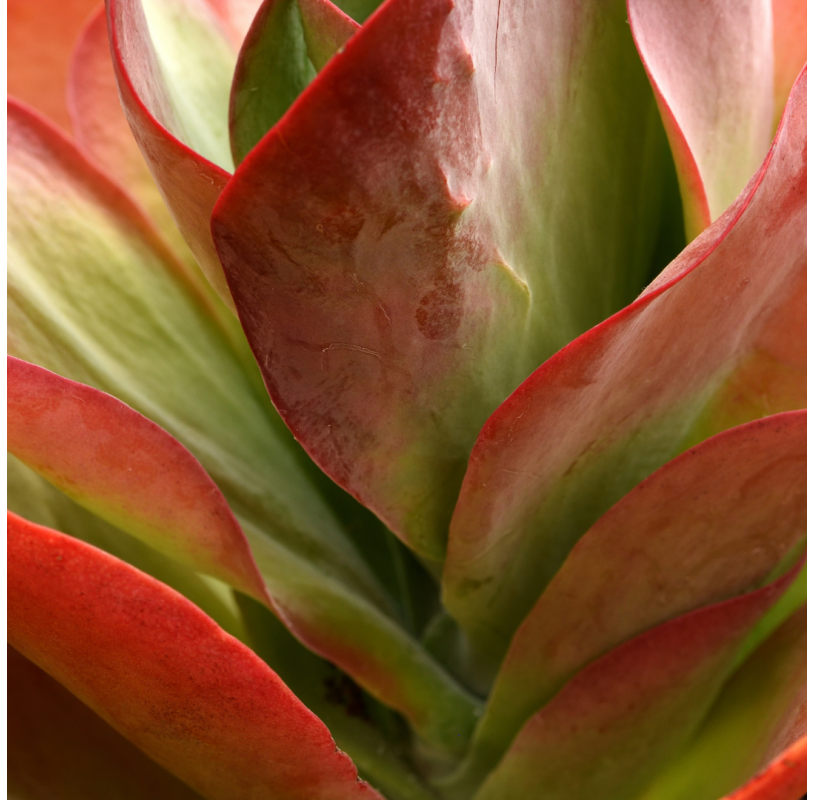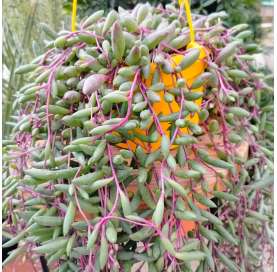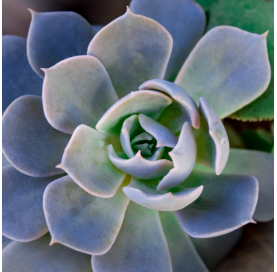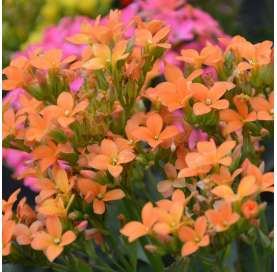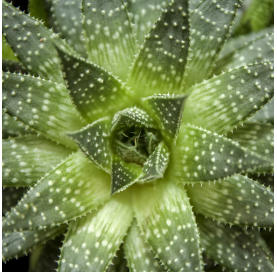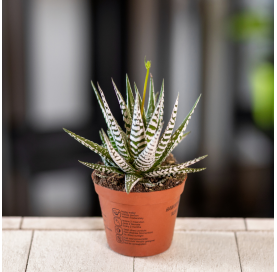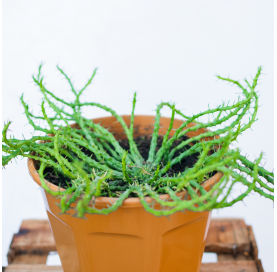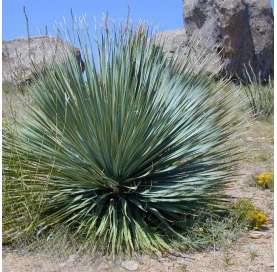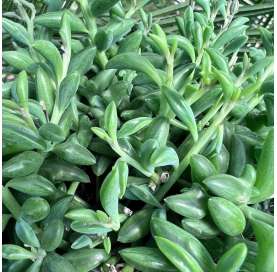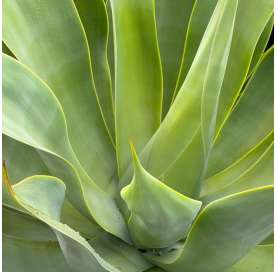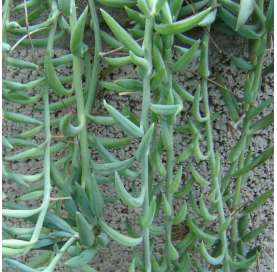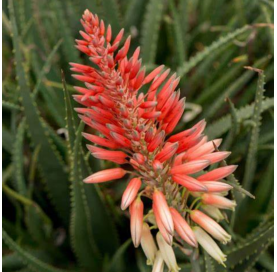Kalanchoe luciae
Kalanchoe luciae, also known as "Paddle Plant," is a succulent native to southern Africa, renowned for its fleshy leaves that change color with sunlight. It is a low-maintenance plant, perfect for indoors and outdoors, needing bright light, moderate watering, and occasional pruning.
 Encrypted payments for greater security
Encrypted payments for greater security
To reduce the plant's time in transit, shipments are made from Monday to Wednesday.


Shipping only to mainland Spain and mainland Portugal
Kalanchoe luciae
Description
Kalanchoe luciae, commonly known as "Paddle Plant" or "Flapjacks," is a succulent plant belonging to the Crassulaceae family. It is characterized by its large, flat, fleshy leaves arranged in a rosette pattern. The leaves are light green, often turning reddish or purplish at the edges when exposed to direct sunlight, especially during winter. In spring, it produces an inflorescence with small tubular flowers that are pale yellow or white.
Origin
Kalanchoe luciae is native to the semi-arid regions of southern Africa, particularly in countries like South Africa, Eswatini, and Mozambique. It thrives in rocky, arid terrains and has adapted to extreme conditions by storing water in its leaves.
History
Discovered in the 19th century, Kalanchoe luciae has gained popularity in gardening and interior decoration for its striking appearance and low-maintenance requirements. It is often confused with its close relative, Kalanchoe thyrsiflora, but can be distinguished by its thinner leaves and more vibrant coloration.
Fun Facts
- It is known for its ability to change color depending on the amount of sunlight it receives. The more direct sunlight, the more intense the reddish tones.
- In some cultures, Kalanchoe is believed to have medicinal properties, although such claims are not scientifically proven for this particular species.
- Its unique shape and colors make it a favorite choice for minimalist and modern arrangements.
Care
- Light: Requires bright, indirect sunlight. It can tolerate direct sun but needs gradual exposure to avoid burns.
- Temperature: Prefers warm temperatures (64-79°F / 18-26°C) and cannot tolerate frost. If grown outdoors, protect it during winter.
- Soil: Well-draining soil, such as a succulent mix with coarse sand or perlite, is ideal to prevent waterlogging.
- Fertilization: Fertilize monthly during spring and summer with a cactus and succulent-specific fertilizer.
Watering
- Frequency: Water only when the soil is completely dry. In spring and summer, this is typically every 10-14 days; in fall and winter, watering can be spaced to once a month.
- Avoid: Do not let water accumulate at the base of the plant or in the rosette, as this may cause rot.
Pruning
- When to Prune: Pruning is not essential but remove dry or damaged leaves to maintain a healthy appearance.
- Flowers: After the flowers have withered, cut back the flower stalk to redirect the plant's energy toward leaf growth.
12 other products in the same category:
-
Senecio Herraianus€7.90
-
Echeveria desmetiana€6.00
-
Kalanchoe blossfeldiana.€3.60
-
Hawortia venosa€6.00
-
Aloe trigre€6.00
-
Euphorbia flanaganii€0.00
-
Yucca rostrata€34.00
-
Rhipsalis baccifera,...€8.00
-
Senecio peregrinus€7.00
-
Agave attenuata€13.00
-
Senecio radican.€7.00
-
Aloe safari€35.90

 English
English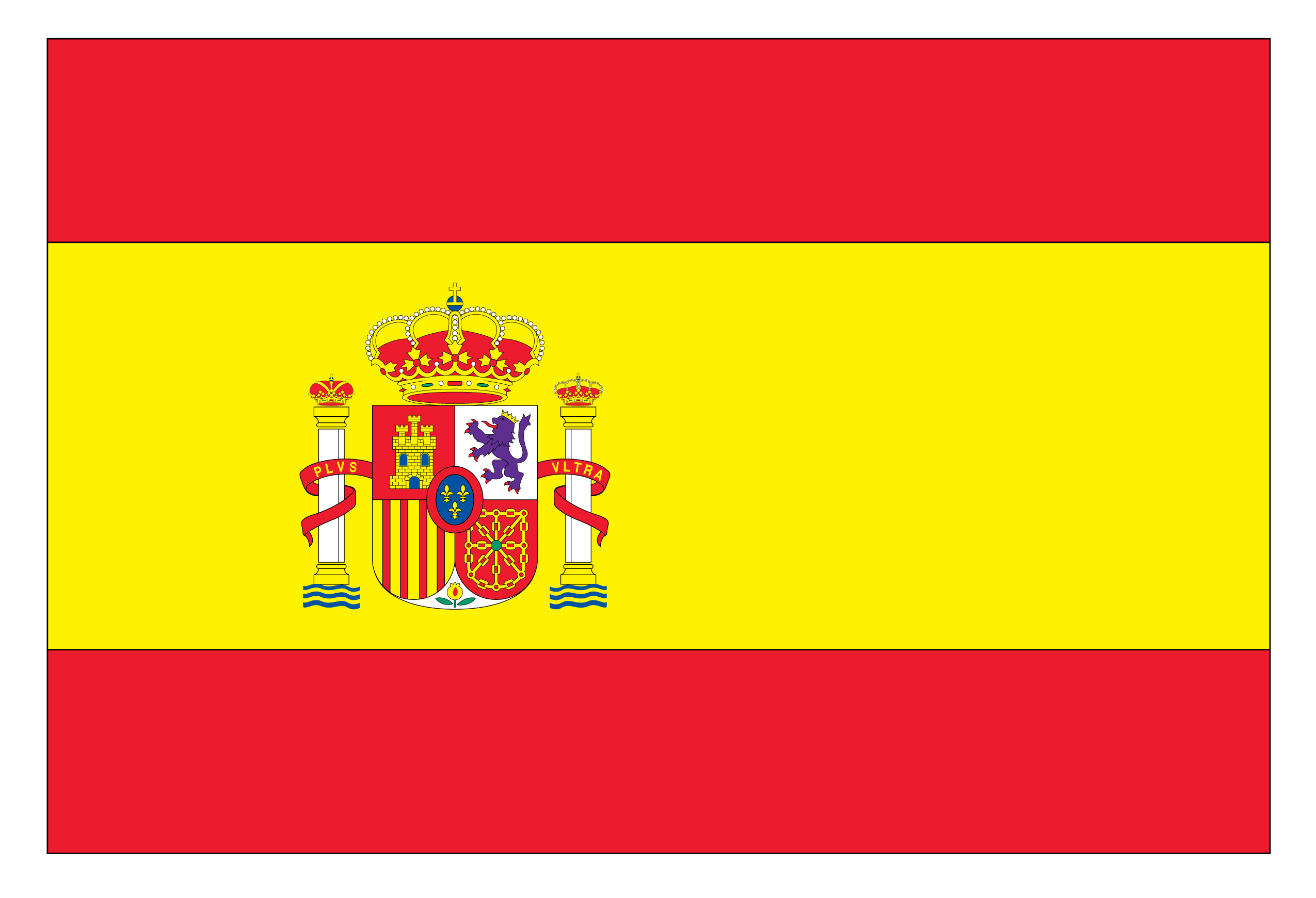 Spanish
Spanish